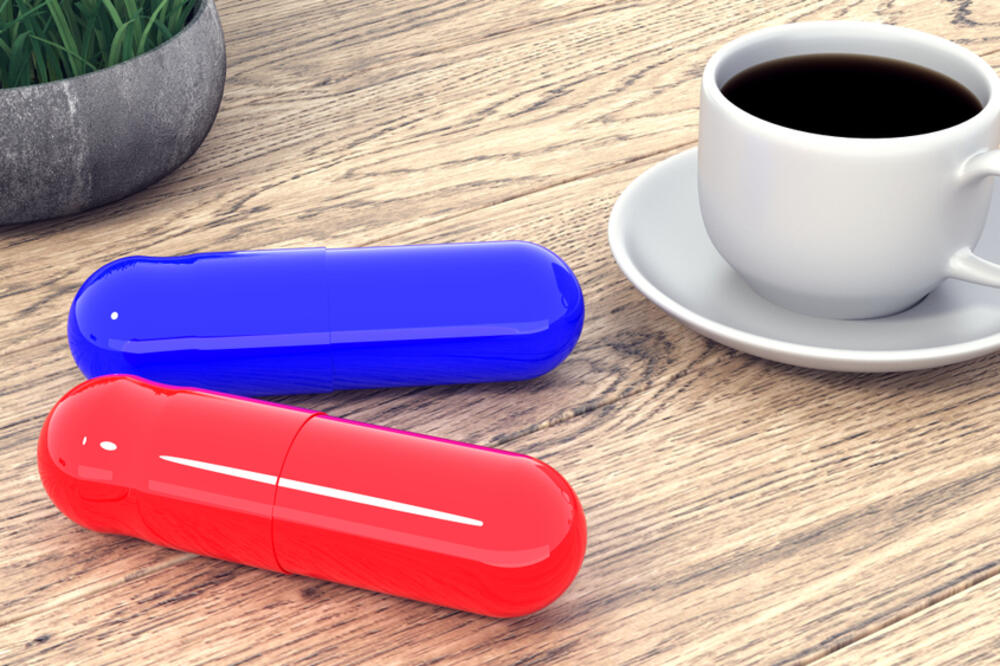A seemingly harmless morning coffee can reduce the effect of the medicine or make it work harder for you. Be careful and consult your doctor
Many rely on coffee to start the day or at least enjoy it occasionally. But it should be remembered that caffeine can affect the action of some medicines. It can change the way medicines are absorbed, broken down and removed from our bodies, making them less effective or causing unexpected side effects.
These are, according to writing Healthnews, seven drugs you should avoid if you ingest caffeine. Namely, caffeine is metabolized in the liver by enzymes that are also responsible for metabolizing some drugs. Therefore, when caffeine and these drugs are taken together, it can lead to cardiovascular, gastrointestinal, respiratory and dermatological problems.
1. Adenosine
Adenosine can be given to a patient before a cardiac stress test, and is also used to treat supraventricular tachycardia - a condition characterized by a rapid heartbeat. Caffeine can block the effect of this medicine, so they should not be taken together.
2. Anticoagulants
Medicines that slow blood clotting do not work with caffeine because it has been shown to reduce the metabolism of warfarin (a commonly used anticoagulant). Caffeine binds to enzymes and prevents them from metabolizing the drug. As a result, the level of warfarin in the blood increases, which enhances the anticoagulant effect of the drug.
3. Some antibiotics
Quinolone antibiotics are often used to treat bacterial infections of the urinary tract, sexually transmitted diseases, gastrointestinal infections, and bone and joint infections. Some of the quinolone antibiotics are ciprofloxacin, ofloxacin, norfloxacin and moxifloxacin.
Quinolones can slow down the excretion of caffeine, which means it stays in your body longer. This can lead to increased side effects such as rapid heart rate, palpitations, nervousness and headache.
4. Mexiletine
It is used to treat ventricular arrhythmias - abnormal heart rhythm. Research has shown that, although caffeine does not affect the excretion of mexiletine, mexiletine reduces the excretion of caffeine by 50%. That is why the harmful effects of mexiletine can be worsened by an increased concentration of caffeine, he reports Ordination.
5. Antidepressants
Selective serotonin reuptake inhibitors (SSRIs) are antidepressants used to treat depression, obsessive-compulsive disorder, anxiety disorders, PTSD, and severe phobias.
Examples of SSRIs are fluoxetine (Prozac or Oxactin), fluvoxamine (Faverin), citalopram (Cipramil), paroxetine (Seroxat), and sertraline (Lustral).
It is advised to avoid caffeine, especially while taking fluvoxamine. Caffeine excretion has been shown to decrease by 80% when taken with this medication, which can worsen caffeine side effects such as rapid heart rate, nausea, and insomnia.
6. Medicines for osteoporosis
Bisphosphonates such as alendronate, ibandronate and risedronate are used in the treatment of osteoporosis. It has been proven that coffee reduces the absorption of bisphosphonates, reducing their effect.
7. Bronchodilators
The bronchodilators furaphylline and theophylline are used to treat asthma and chronic obstructive pulmonary disease.
It has been proven that furafylline affects the metabolism of caffeine, which leads to excessive accumulation of caffeine in the blood. Taking caffeine with furafylline may increase caffeine-related side effects such as heartburn, nausea, and headache.
Before taking medication, always ask your doctor about possible interactions between food and medication. In addition, it is important to read drug labels and warnings to be informed about possible interactions.
Bonus video:





